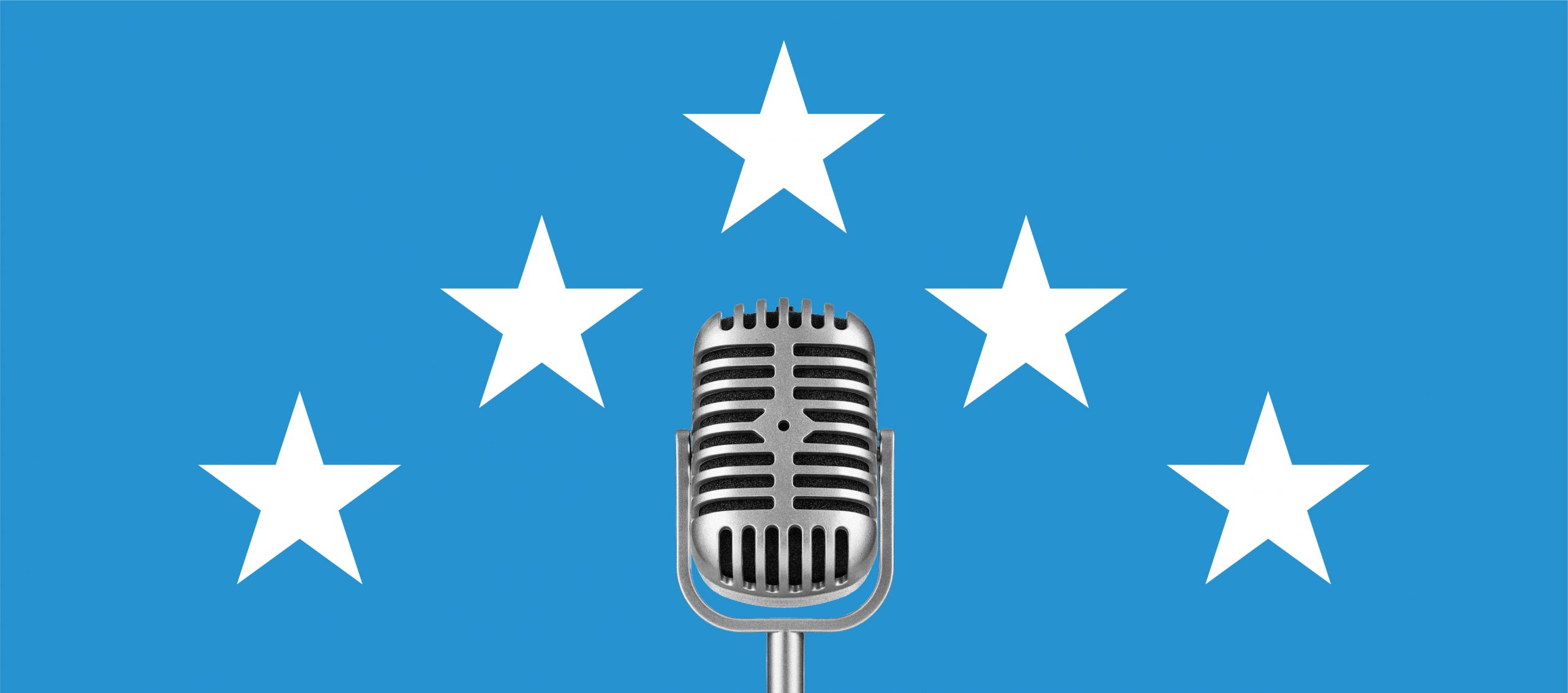The Big Story: What Makes a Standout Debater and Performance?
“A good debater will be well-rehearsed but comfortable enough with the content to include personal asides where appropriate. Additionally, an array of techniques should be employed: volume control, eye contact, moderate speaking rate, clarity of expression, vocal emphasis on key words and phrases, attentive listening, adequate pauses at important moments, appropriate body language and gestures and suitable facial expressions. Lastly, a good debater should avoid ad hominem, or personal, attacks.”
Leave people wanting to turn up the volume, not mute your mic
By Tim Stewart
3-minute read
Approaching Tuesday’s first debate between Vice President Kamala Harris and former president Donald Trump, the stakes are high with a truncated race hurtling toward Election Day.
By nature, debates promise to be provocative. To raise eyebrows. And blood pressure. And to be, well, “must-see TV” that will be rehashed ad nauseam in the media and among politicos.
There’s no shortage of pre-debate prognostication on what each candidate needs to do to win the night. On what issues each needs to hammer home, and which ones are better deftly avoided.
But we’re not pundits.
As strategic communicators, we suggest a new way to tune in on Tuesday that might actually benefit you as a healthcare leader. Our nonpartisan alternate is a scorecard that measures best practices for effective communications. Study the how, versus the what (platform), of the messaging.
As you watch, consider tools to incorporate into your own communications, whether speaking at a hospital town hall, replying to the media, responding on an investor call or serving as a thought leader on a panel of experts.
Your organization and its leaders may not be on the national stage, but you’re certainly involved in conversations where getting the right message across in the middle of a lot of noise and, likely, opposition, is paramount.
Here are a few basic media messaging and delivery tips we suggest as a refresher. Fix yourself a beverage, crank up the popcorn, break the seal on a jar of Tums – and settle into the debate Tuesday. Look for the techniques below. You just might enjoy the sport of spotting in real-time smart communication practices that you can use to become a better messenger.
- Know Your Audience – Enough said.
- Go Back to Core Messaging – As Henry Kissinger said, “Who has questions for my answers?” Go back to your home-base messages, which should be short, easy to understand, memorable and repeatable. Back up with a data point and anecdote. And remember, it takes three to five times for those points to be effective.
- Be Body Aware – Only 7 percent of what we communicate is based on vocabulary. And 38 percent on voice inflections. Viewers are interpreting 55 percent of what you want to communicate via your nonverbal behaviors – facial expressions, posture, gestures, etc.
- Flag to Highlight Key Points – Use flag phrases to highlight key points. These include “What’s most important is …”, “The top three issues are….” and “If you remember nothing else, remember….”
- Bridge to Focus the Message – You will see this a lot in the debate. This technique takes you from the question you can’t or don’t want to answer… to the info you want to provide. Example bridging phrases include “We are focused on….” and “Our goal is to…” with a return to a home-base message.
- Use Blocking to Pivot – Like a bridge, this allows you to regain control of the conversation. Sample phrases include: “What I can tell you is….” and “That’s a good question, but what’s really important is….”
- Navigate the Trap Questions – Never accept the premise of the no-win question. For example, “Was it poor planning or poor execution that made this initiative fail?” See this as an opportunity to deliver a positive message. And absolutely never repeat the negative, a la President Richard Nixon’s infamous, “I am not a crook” line.
- Delay When Needed – If you get tripped up, buy a bit of time and regain control of the situation with a seemingly thoughtful delay… “Before we move on to that, I’d like to …” Or “I’m glad you asked because it’s very important for people to know that…”
- Be Human – Be respectful. Relax. Personalize your comments, restate. Avoid obstructing, interrupting and unnecessarily intensifying.
Finally, “if you take away anything from this,” be respectful. Be human. And remember this ultimate golden nugget of counsel whether in a debate setting or elsewhere…. As the late American actor, cowboy and witty social commentator Will Rogers once said, “Never miss an opportunity to shut up.” And listen.
Contributors: Emme Nelson Baxter, David Jarrard, Isaac Squyres and David Shifrin
Image Credit: Shannon Threadgill




